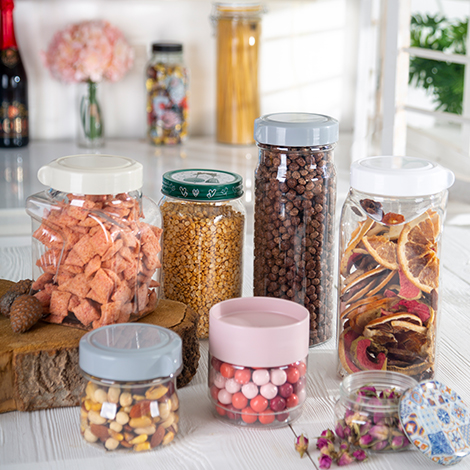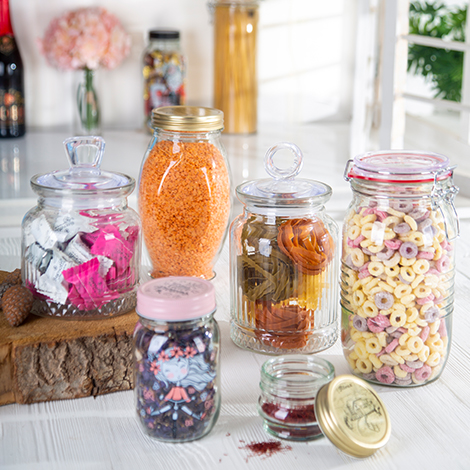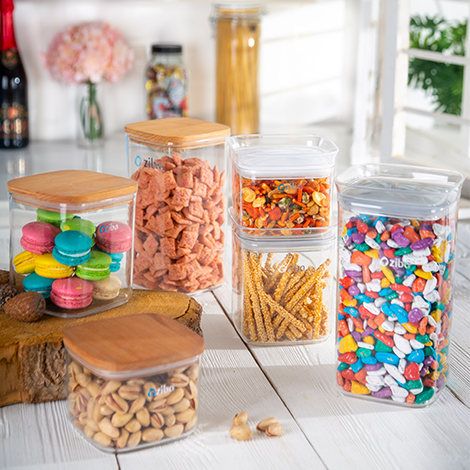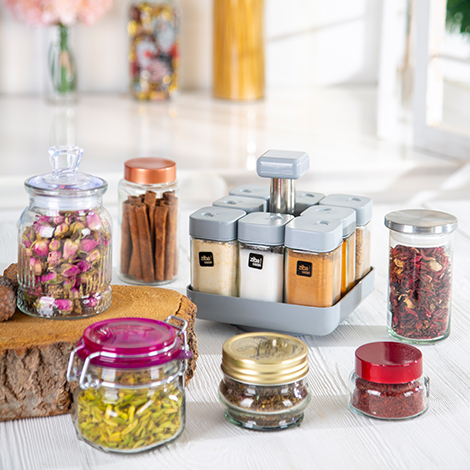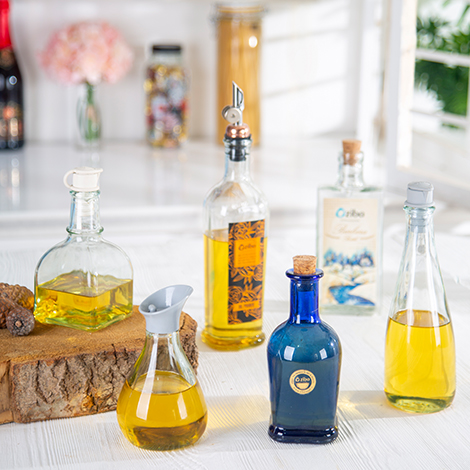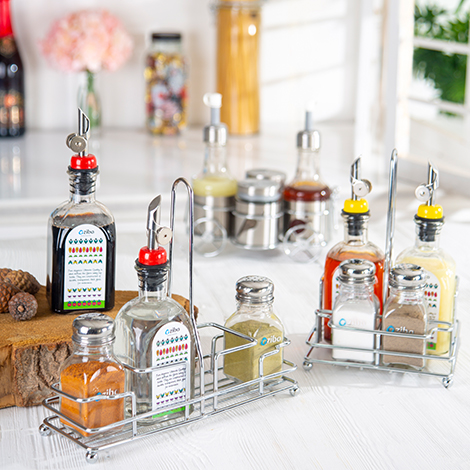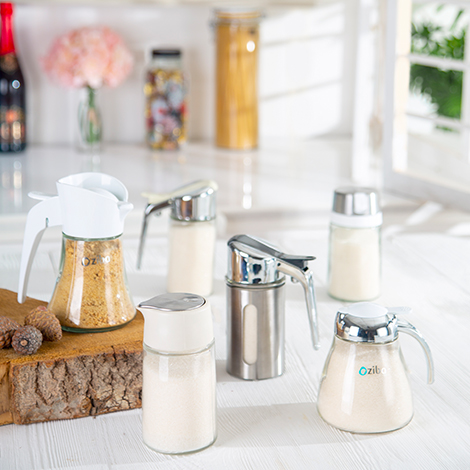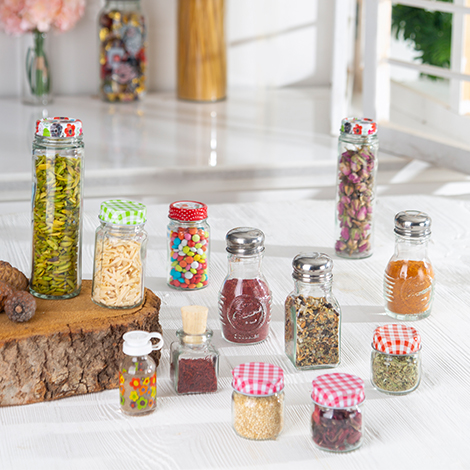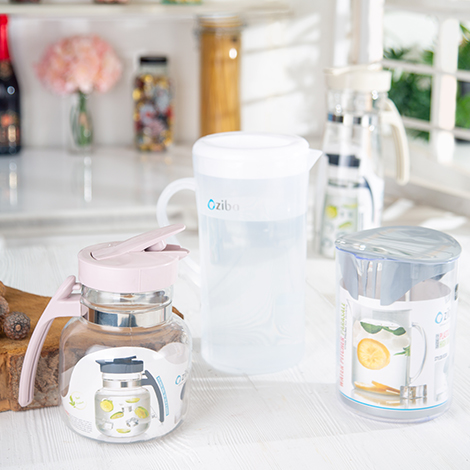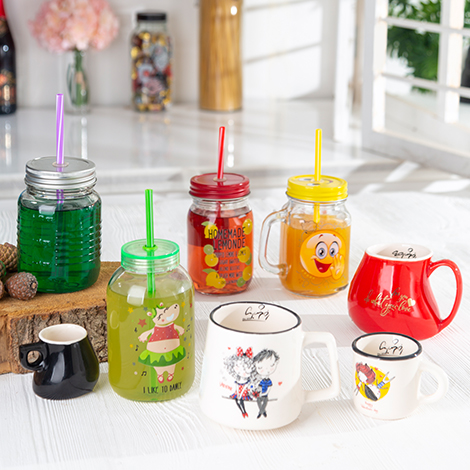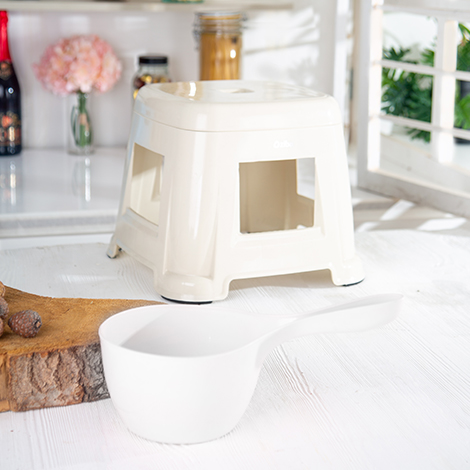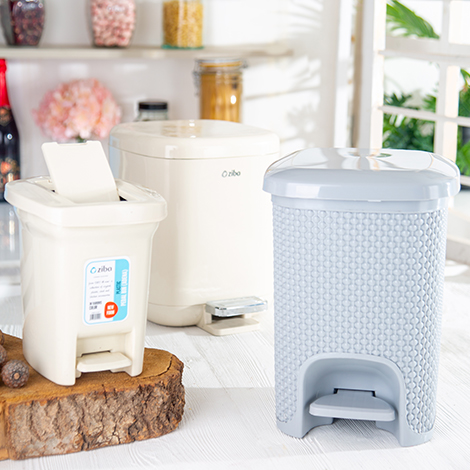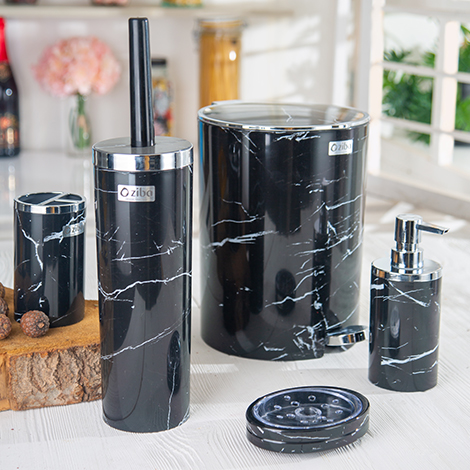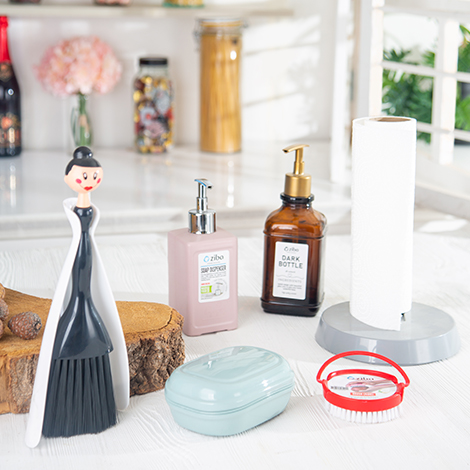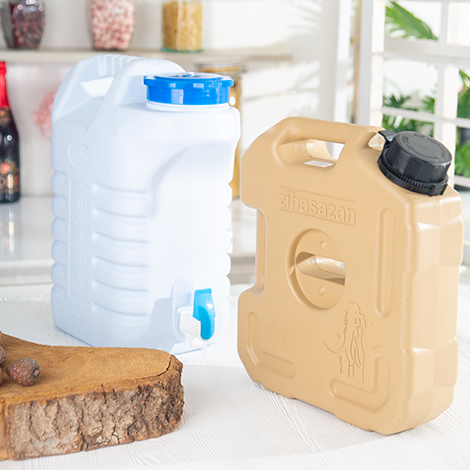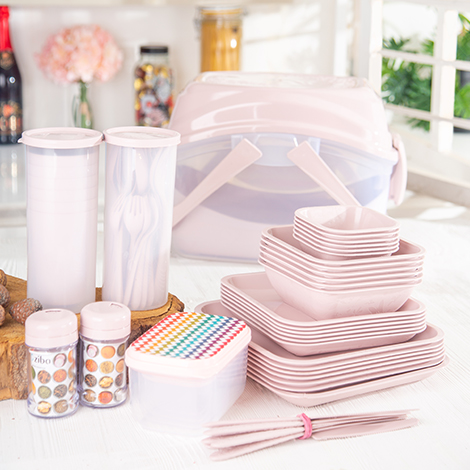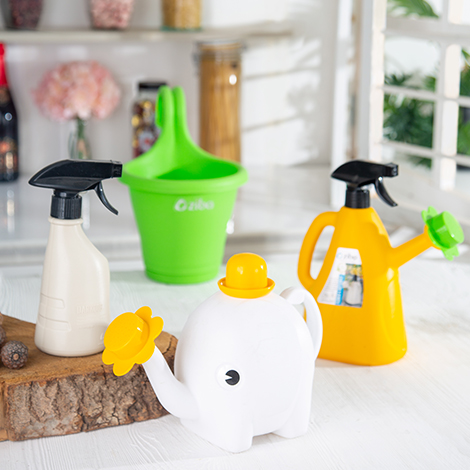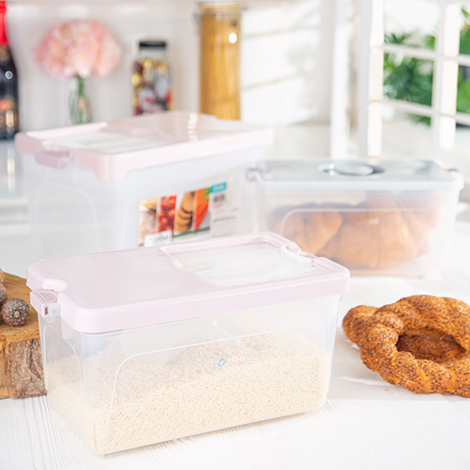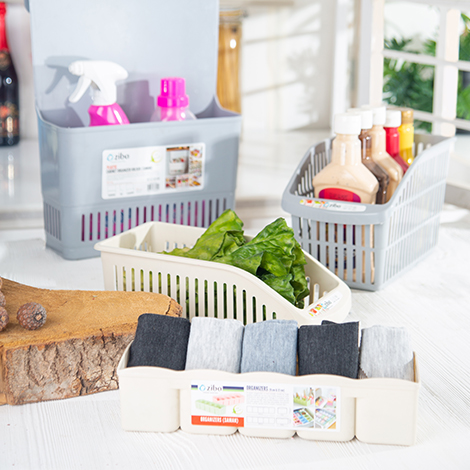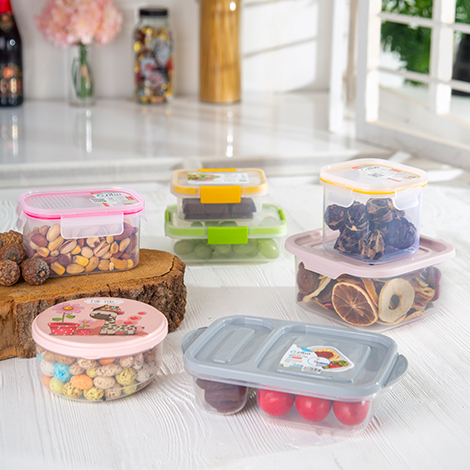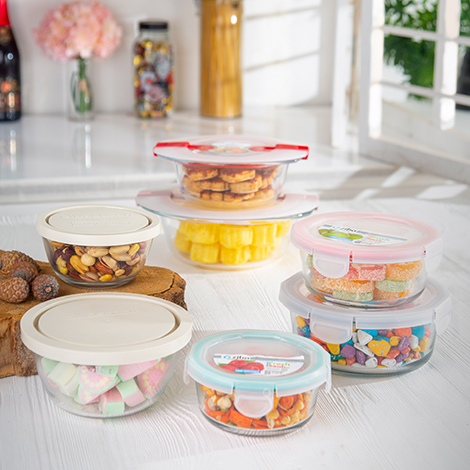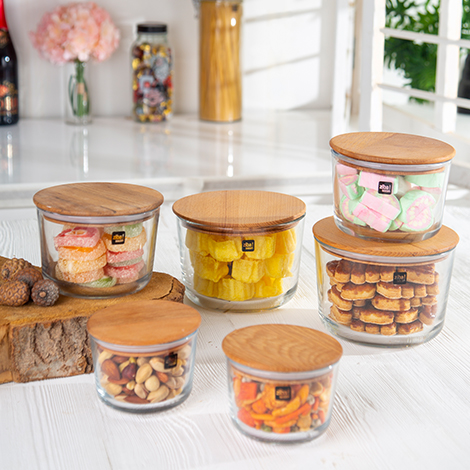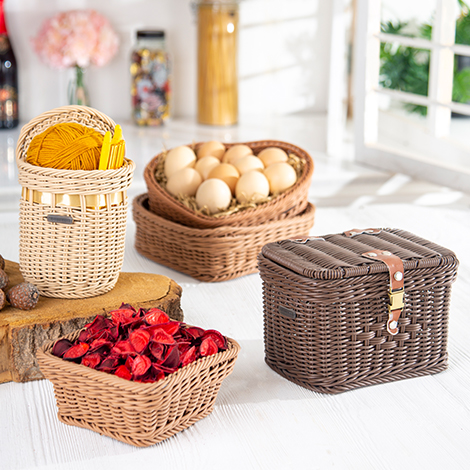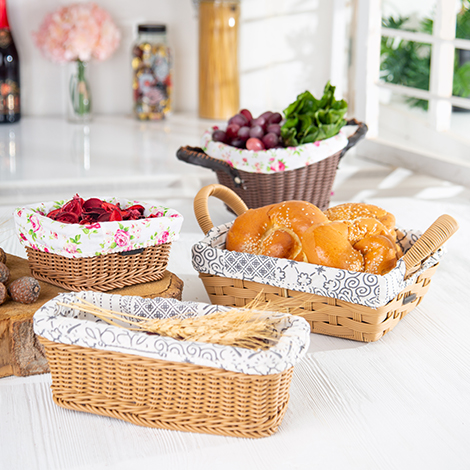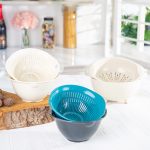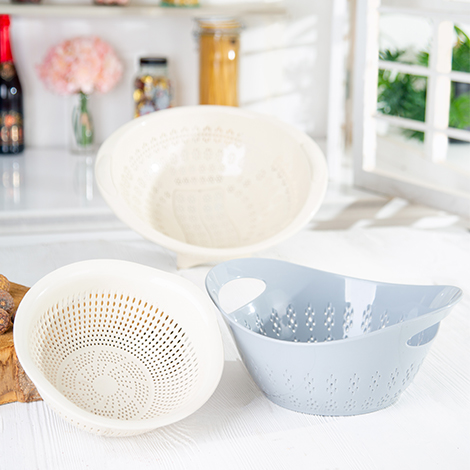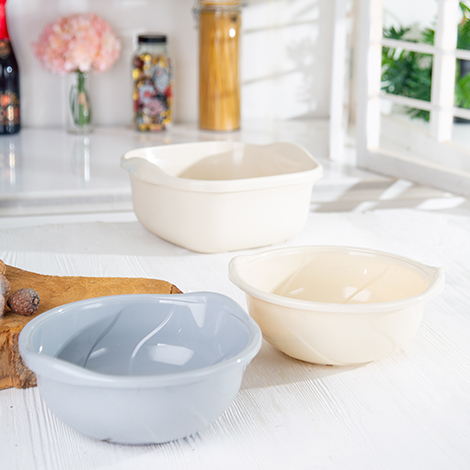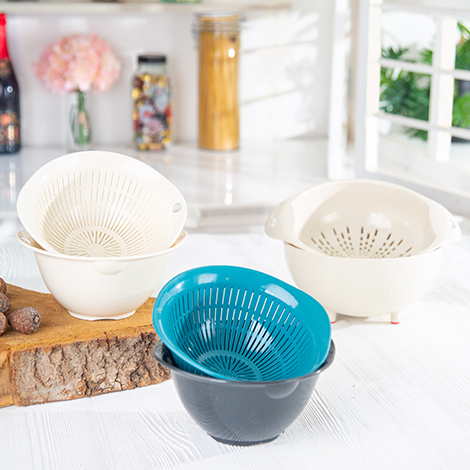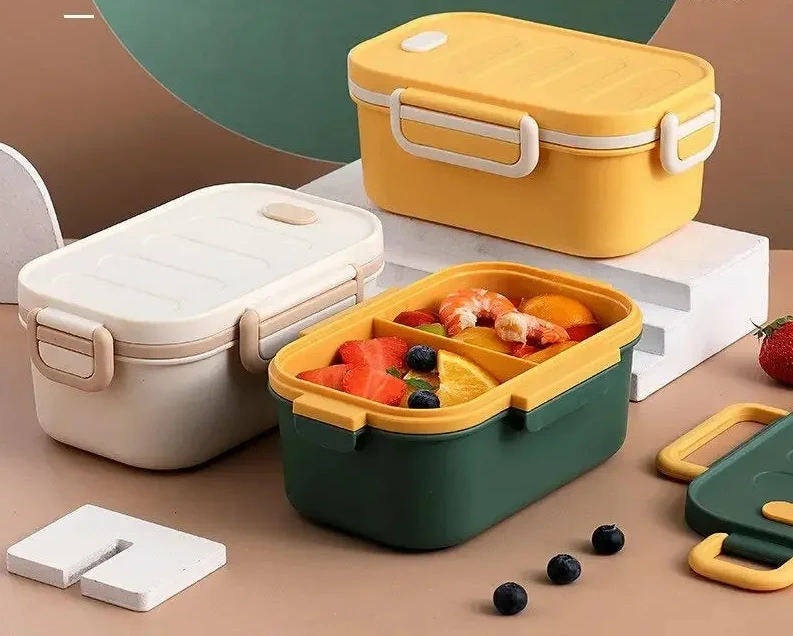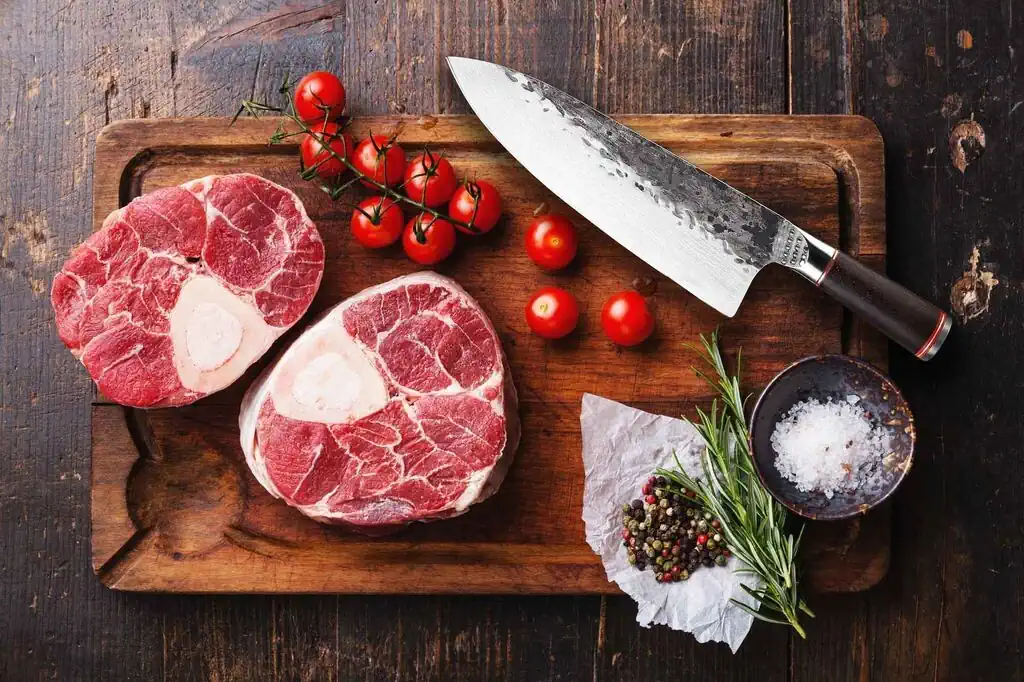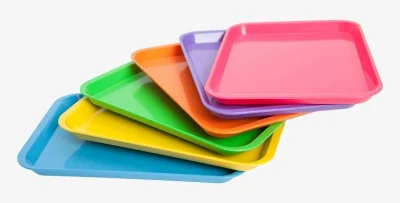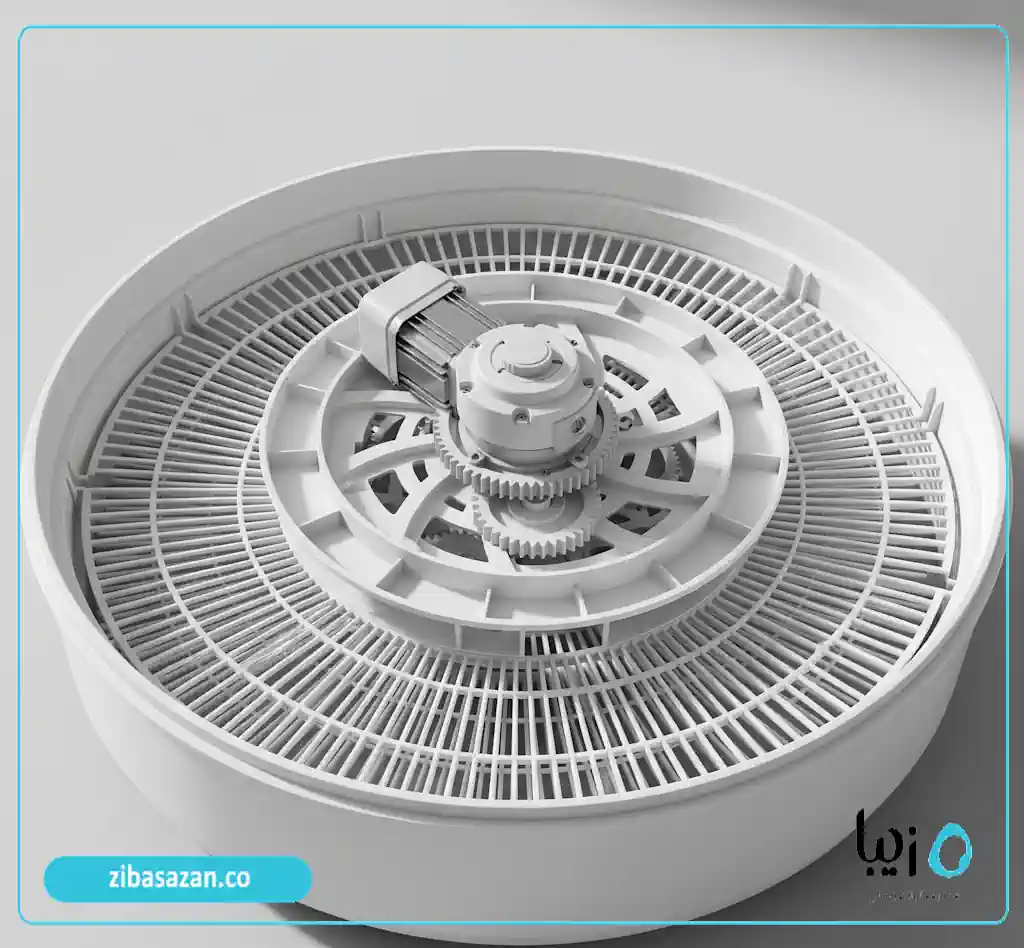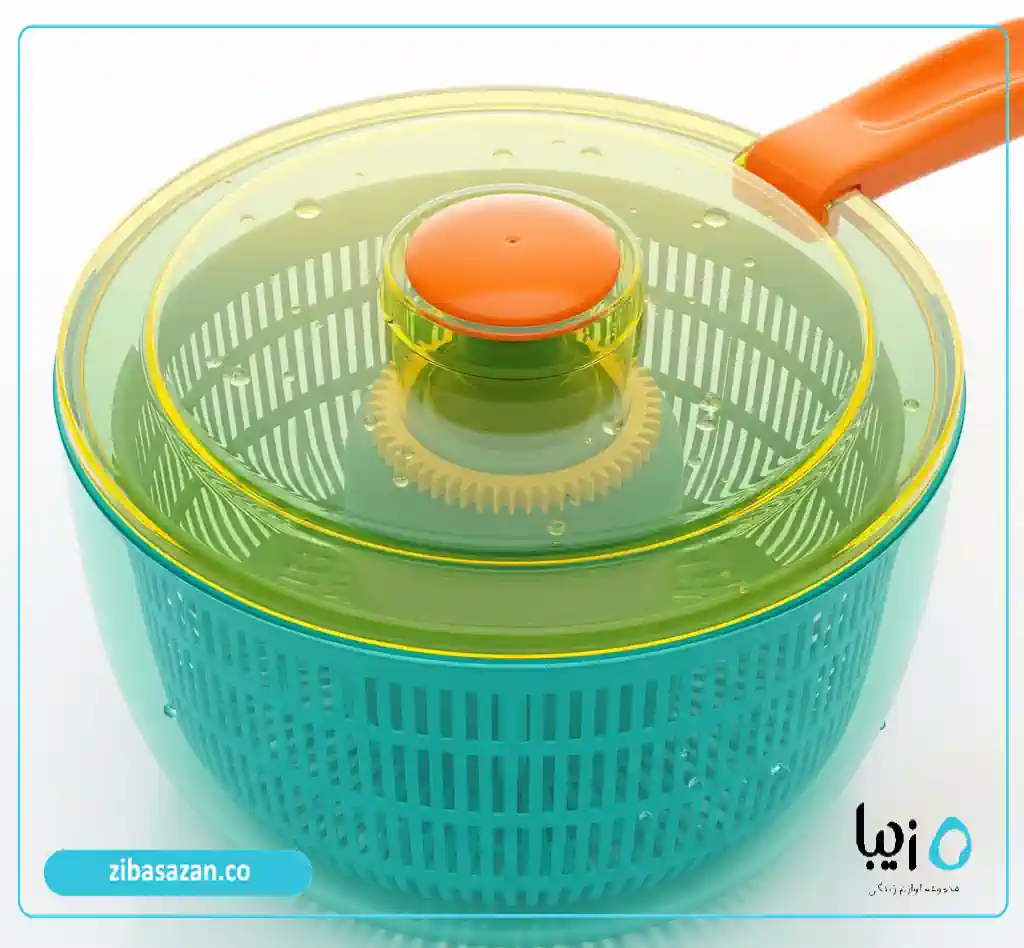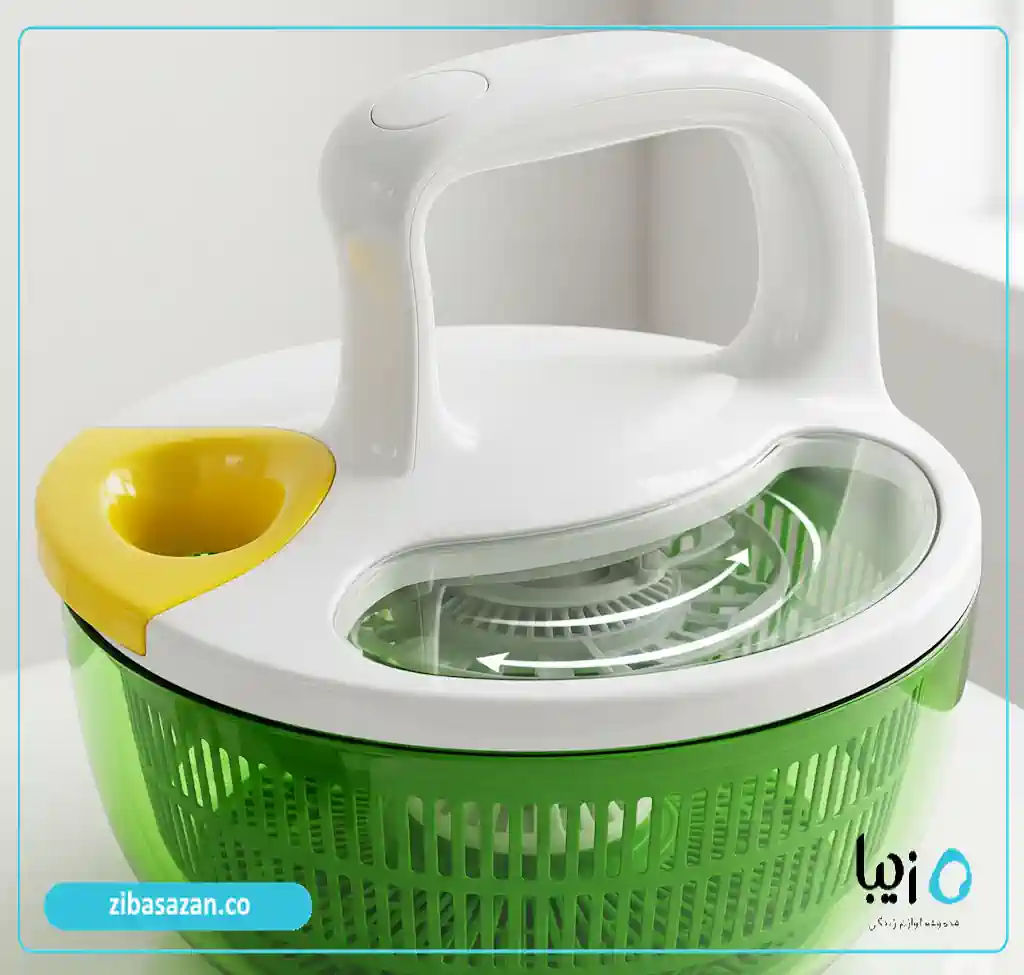It’s a familiar scenario: you wash crisp, fresh vegetables only to find them wilted, slimy, or spoiled just a few days later. This common kitchen problem is one of the leading causes of food waste at home. The secret to keeping vegetables fresh and vibrant lies in one critical step—removing excess moisture. And that’s exactly where a salad spinner comes to the rescue.
This simple yet incredibly practical tool helps you quickly and effectively dry leafy greens and vegetables after washing, significantly extending their shelf life. In this comprehensive guide, we’ll explore what a salad spinner is, how it works, and how it can transform your kitchen experience. Say goodbye to wilted greens and hello to long-lasting freshness!
فهرست مطالب
- 1 What Is a Vegetable Spinner and Why Is It Essential in the Kitchen?
- 2 How Does a Vegetable Spinner Work?
- 3 Why Drying Vegetables Completely Matters
- 4 Preventing Wilting and Bad Odors
- 5 How a Vegetable Spinner Prevents Spoilage
- 6 Centrifugal Force to the Rescue
- 7 Different Types of Plastic Salad Spinners & Their Features
- 8 How to Choose the Right Salad Spinner
- 9 Proper Use & Care for Long-Lasting Performance
- 10 How a Salad Spinner Improves Your Homemade Meals
- 11 Comparing Salad Spinners with Other Drying Methods
- 12 The Best Brand for a Stylish and Economical Plastic Kitchenware Set for a Trousseau
- 13 Can I pour hot water into a plastic spray bottle? Safety tips and warnings
- 14 What features of rotary organizers make them popular?
- 15 A complete guide to disinfecting and maintaining a toilet brush for a hygienic and odor-free home
- 16 A Guide to Buying a Quality Plastic Bidet: Key Features to Look For
What Is a Vegetable Spinner and Why Is It Essential in the Kitchen?
A salad spinner is a basic but highly effective kitchen gadget designed to remove excess water from freshly washed vegetables. Its main purpose is to prevent premature spoilage caused by trapped moisture, which promotes bacterial growth and rotting.
Related Article: Why Every Kitchen Needs a Plastic Sponge Holder – 5 Surprising Reasons
How Does a Vegetable Spinner Work?
A typical salad spinner consists of three parts:
- An outer bowl,
- An inner colander basket, and
- A lid with a spinning mechanism.
After placing washed vegetables inside the basket, you close the lid and use the handle or push-button on top to spin the basket at high speed.
This action uses centrifugal force to fling water droplets off the vegetables and onto the walls of the outer bowl, where it collects at the bottom. The result? Crisp, dry greens that are ready for storage or immediate use—without damaging their delicate texture.
Why Drying Vegetables Completely Matters
Thoroughly drying vegetables after washing is vital for keeping them fresh longer. Leftover moisture creates the perfect environment for bacteria and early spoilage.
Preventing Wilting and Bad Odors
Storing wet vegetables in the fridge or plastic bags leads to wilting, sliminess, and unpleasant smells. The trapped moisture breaks down the texture and freshness of your produce. A salad spinner helps eliminate this moisture, allowing vegetables to stay fresh, crisp, and flavorful for much longer—resulting in less food waste and lower grocery bills.
How a Vegetable Spinner Prevents Spoilage
The biggest drawback of storing washed vegetables is retained moisture, which accelerates decay. A salad spinner addresses this issue through a mechanical drying method.
Centrifugal Force to the Rescue
As mentioned earlier, the spinner’s fast rotation creates strong centrifugal force. This force pushes water off the surface of the vegetables and into the outer bowl. This method is much more effective than traditional techniques like towel drying or shaking.
By eliminating moisture, the salad spinner creates an environment that is less conducive to mold and bacterial growth—ultimately preserving the freshness of your produce.
Different Types of Plastic Salad Spinners & Their Features
Salad spinners come in various styles and sizes, each with unique features. Most models are made from high-quality plastic, making them both lightweight and durable.
Handle vs. Pump Style
- Manual (Handle) Salad Spinners: These are the most common. They feature a handle on the lid that you rotate to spin the basket. Simple, durable, and budget-friendly.
- Pump-Action Salad Spinners: These models have a large push-button on top that activates spinning with repeated presses. Ideal for people with joint issues or those who prefer minimal effort. Some pump models even feature a brake button for quick stops.
Some models also offer added convenience, like:
- Bowls that double as serving salad bowls, and
- Drain spouts at the bottom for easy water disposal without removing the lid.
How to Choose the Right Salad Spinner
Picking the right salad spinner can significantly improve how you wash and store greens. Here are the key things to consider:
Material & Durability
Look for salad spinners made of high-quality, BPA-free plastic that’s scratch-resistant and odor-free. Clear, food-safe plastics won’t become cloudy or smelly over time, ensuring longer use.
Size & Capacity
Choose a size that fits your kitchen and lifestyle:
- For large families or bulk washing, go for a larger model (e.g., 5 liters or more).
- For smaller kitchens or occasional use, compact versions will suffice.
Check the diameter and height to ensure it fits inside your cabinet or sink.
Proper Use & Care for Long-Lasting Performance
To keep your salad spinner in great condition, follow these usage and maintenance tips:
Clean and Dry After Every Use
Wash the bowl, basket, and lid with warm water and mild dish soap after each use. Avoid abrasive scrubbers that can scratch the surface.
Dry all parts thoroughly before storing to prevent mold or odors. If it’s dishwasher-safe, you can place it on the top rack—but still ensure complete drying afterward.
Don’t Overfill the Basket
Avoid stuffing the basket with too many vegetables. This ensures effective spinning and protects the mechanism from unnecessary strain. Leave enough room for airflow and rotation for optimal drying.
Related Article: Stylish Transparent Storage Jars: What to Know Before You Buy
How a Salad Spinner Improves Your Homemade Meals
The benefits of a salad spinner go beyond storage—it can elevate the quality of your dishes.
Crisp Salads & Better Dressings
Dry greens help salad dressings adhere better and maintain flavor. Wet leaves dilute sauces and ruin texture. Plus, dry veggies stay crunchy and offer a more enjoyable bite.
In dishes like sandwiches, dips, or garnishes, dry vegetables maintain structure and prevent sogginess in other ingredients.
Comparing Salad Spinners with Other Drying Methods
| Feature | Salad Spinner | Paper Towel / Cloth | Manual Shaking |
| Effectiveness | High & even moisture removal | Partial & uneven | Minimal drying |
| Speed | Very fast | Time-consuming | Fast but inefficient |
| Preserves Texture | Yes | May damage delicate leaves | No effect on texture |
| Hygiene | Low hand contact | Requires clean towels | High hand contact |
| Waste Reduction | Yes | High towel usage | No savings |
Frequently Asked Questions About Salad Spinners
Related Article: Why Every Kitchen Needs a Plastic Sponge Holder – 5 Surprising Reasons
Can a salad spinner be used to dry fruits too?
Salad spinners are primarily designed for leafy vegetables. For small, soft fruits like berries, they might work, but for large or fully dehydrated fruits, it’s best to use a dedicated fruit dehydrator.
Does a salad spinner actually help vegetables stay fresh longer?
Yes! By removing moisture—the main cause of spoilage—salad spinners extend the shelf life of greens. Dry vegetables can stay fresh for up to a week in sealed containers or produce bags in the fridge.
How should I store vegetables after drying with a salad spinner?
After drying, place the greens in a sealed container or large produce bag. Add a couple of clean paper towels to absorb any residual moisture, and store them in the crisper drawer for best results.
Related Article: Plastic Rice Dispensers: The Secret to a Tidy and Stylish Kitchen
Final Thoughts
As we’ve seen, a salad spinner is a must-have for any modern kitchen. It not only helps preserve your vegetables but also enhances the flavor and texture of your home-cooked meals.
By choosing a quality spinner and using it properly, you take a big step toward reducing food waste and improving efficiency in your kitchen.
Zibasazan, one of the leading manufacturers of plastic and glass kitchenware in the country, offers a wide range of durable and functional salad spinners. Choosing Zibasazan means investing in freshness, kitchen organization, and long-lasting quality.


